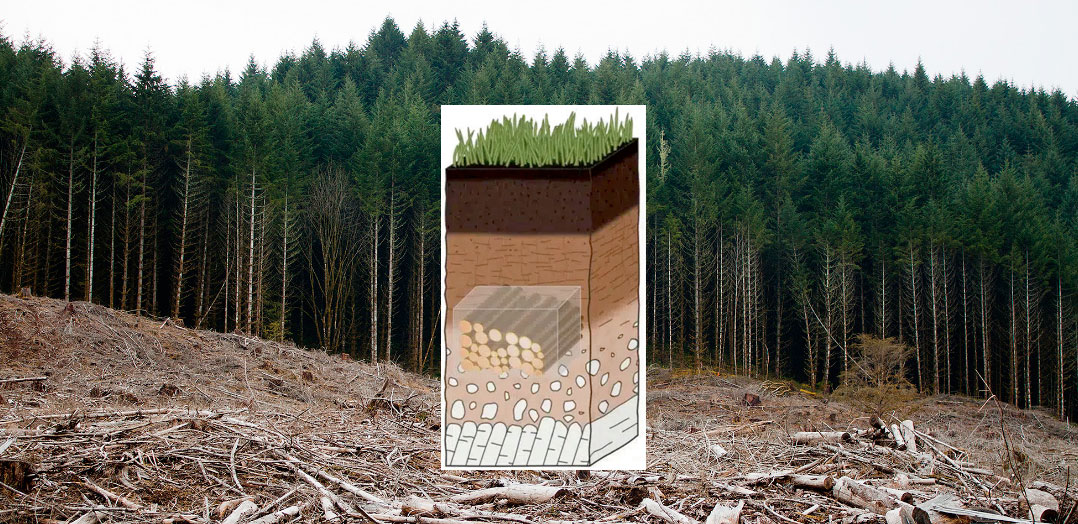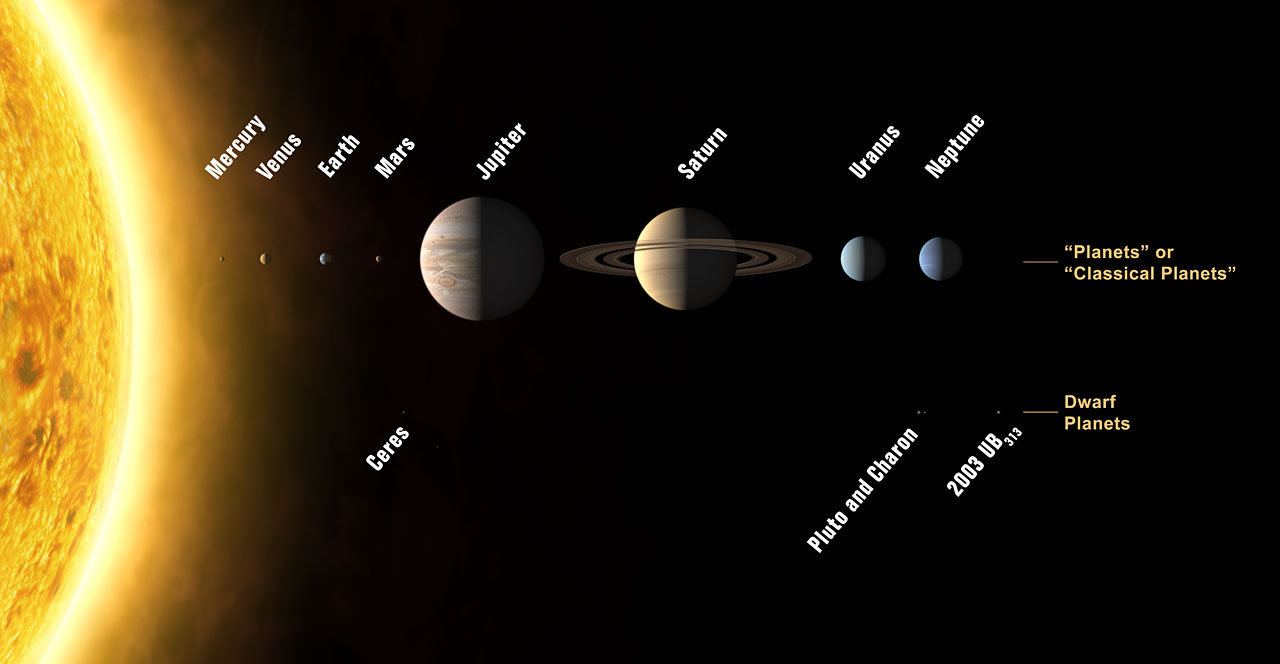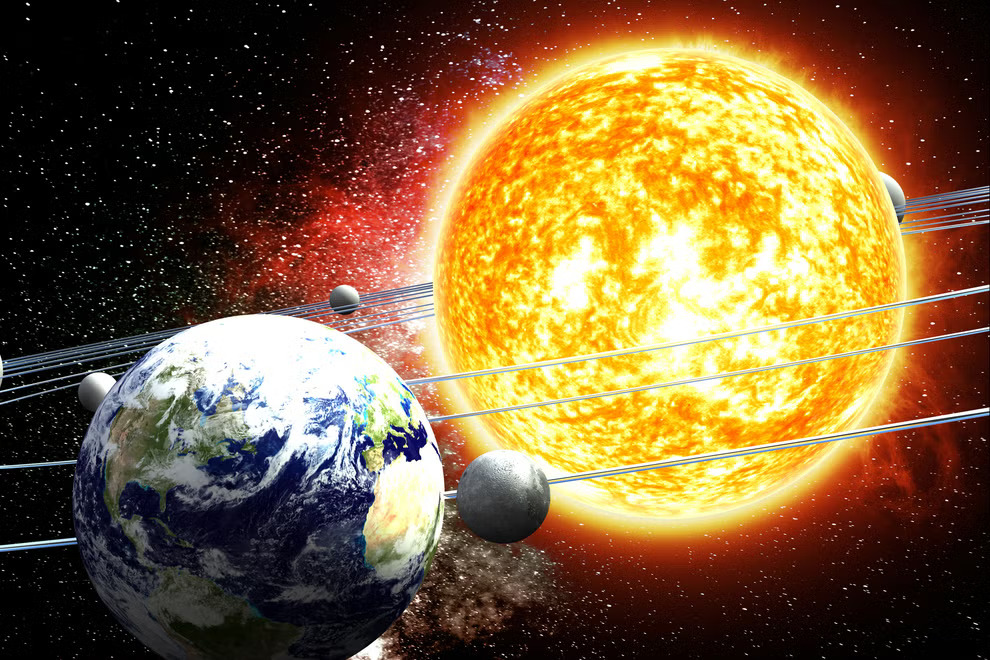The irony of the climate alarmists’ narrative is as rich as the verdant deserts they never saw coming. Once upon a time, the world was supposed to be swallowed by an ever-expanding Sahara, with desertification hailed as the “greatest environmental challenge of our time.” Fast forward to today, and the alarmists have pivoted yet again, now fretting over the unexpected greening of these very same arid lands. It’s a classic case of moving the goalposts, and one can’t help but chuckle at the sheer absurdity of it all.
The Great Desertification Panic
Remember when desertification was the bogeyman lurking in the shadows of climate change? The narrative was simple: human activity, coupled with rising temperatures, would lead to the relentless march of deserts across the globe. Poor farming practices and overgrazing were supposedly turning fertile lands into barren wastelands. The alarmists painted a picture of a world where sand dunes would swallow cities whole, and humanity would be left to wander the earth like nomads in search of water. But then, a funny thing happened on the way to the apocalypse. The deserts didn’t expand as predicted. In fact, many of them started to green. Yes, you read that right. The very regions that were supposed to dry up and blow away are now experiencing a surge in vegetation growth. It’s almost as if Mother Nature decided to play a little prank on those who thought they had her all figured out.
CO2: The Unlikely Hero
Enter carbon dioxide, the villain of the climate change saga. For years, CO2 has been demonized as the primary driver of global warming. But in a twist worthy of a Hollywood blockbuster, it turns out that this much-maligned gas is also a key player in the greening of the world’s drylands. As CO2 levels have risen, so too has the rate of photosynthesis, allowing plants to thrive even in some of the harshest environments. This phenomenon, known as CO2 fertilization, has led to increased vegetation productivity across vast swathes of arid land. Of course, the alarmists can’t let this unexpected boon go unchallenged. Instead of celebrating the positive impact of CO2 on plant growth, they’ve shifted their focus to the potential downsides. They warn that the extra vegetation could soak up scarce water supplies, disrupt local ecosystems, and even increase the risk of wildfires. It’s as if they’re determined to find a cloud in every silver lining.
Pivoting to Greening Concerns
With desertification no longer the existential threat it once was, the climate alarmists have had to pivot yet again. Now, the narrative is all about the potential dangers of greening. The fear is that as drylands become more vegetated, they could lose their unique biodiversity. Specialist species that have adapted to arid conditions might be displaced by fast-growing plants better suited to the new, CO2-rich environment.
“As we pump yet more CO2 into the air, arid-land greening seems set to continue, according to two recent modeling studies. But ecologists warn that, despite appearances, going green may have downsides for arid ecosystems and for the people who depend on them. Desert plants and animals will often lose out, and the extra vegetation may soak up scarce water supplies.
Drylands cover roughly 40 percent of the planet’s land surface. The deserts at their core are surrounded by wide expanses of savanna grass, dry woodlands, and sometimes irrigated fields. They are home to more than a third of the world’s population and are among the most biodiverse ecosystems in the world, according to the International Union for Conservation of Nature, the international organization for conservation scientists.”
But let’s be honest: the greening of deserts is hardly the catastrophe it’s made out to be. In fact, it’s a testament to the resilience of nature and the adaptability of ecosystems. Yet, the alarmists seem intent on framing it as yet another crisis that requires urgent intervention. It’s almost as if they can’t bear the thought of a world where CO2 might actually have some benefits.
The Never-Ending Cycle of Alarmism
The irony of the situation is that the climate alarmists’ narrative is as adaptable as the ecosystems they claim to defend. When one crisis fails to materialize, they simply pivot to another.
“The world was wrong to expect that climate change would trigger rapid and widespread desertification in the world’s arid lands. In fact, the reverse is happening. But it could be a similar folly to imagine that the dramatic greening now visible in satellite images across many of those same regions is a reason to declare their troubles over.”
It’s a never-ending cycle of doom and gloom, with each new threat conveniently fitting into their overarching narrative of impending catastrophe. But here’s the thing: the world is a complex place, and nature doesn’t always follow the script. The greening of deserts is a reminder that the earth is capable of surprising us in ways we never imagined. It’s a lesson in humility for those who think they have all the answers, and a call to approach environmental challenges with a little more nuance and a lot less hysteria. In the end, the irony of the climate alarmists’ narrative is that it often overlooks the very resilience and adaptability that make our planet so remarkable. Instead of constantly shifting the goalposts to fit a predetermined agenda, perhaps it’s time to acknowledge the unexpected ways in which nature can heal and thrive, even in the face of adversity. After all, the world is a greener place than we once thought, and that’s something worth celebrating.
Source: Watt’s Up With That








No comments.
By submitting a comment you grant Free West Media a perpetual license to reproduce your words and name/web site in attribution. Inappropriate and irrelevant comments will be removed at an admin’s discretion. Your email is used for verification purposes only, it will never be shared.